President Museveni’s Education and Health Drive towards Uganda’s Race for Human Capital
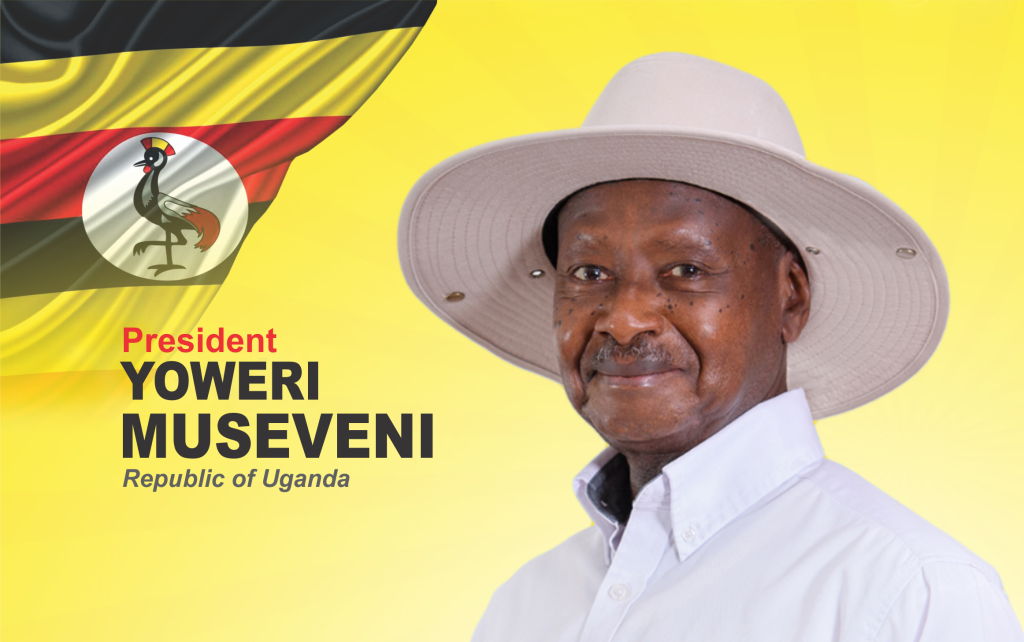
On a dusty school field in Karamoja, where children once herded cattle from dawn to dusk, a new scene has quietly taken shape: rows of pupils in faded uniforms reciting lessons under the roof of a newly built boarding school. For many families, this is more than just a classroom, it is a doorway out of generational poverty. It is also the human face of a decades-long policy project by President Yoweri Museveni’s National Resistance Movement (NRM) government, which has staked much of its legacy on expanding education and health for Ugandans.

From classrooms to clinic construction projects, is a social revolution that the NRM government took a baton on. This social obligation launched Universal Primary Education (UPE) in 1997, followed by Universal Secondary Education (USE) and later Universal Post-O-Level Education and Training (UPOLET). It was framed not only as a policy but as a social contract. The message was simple: every Ugandan child, no matter where they were born, should have access to a school.
The statistics tell one story. Literacy has risen from 43% in 1986 to 75% today. More than 10.7 million pupils are enrolled in primary schools, while over 2 million students attend secondary schools. Nearly every parish now has a government-aided primary school, and most sub-counties boast a secondary school. Professors at universities now earn up to Shs15 million, a figure unthinkable in the 1980s when Uganda was emerging from years of political turmoil.
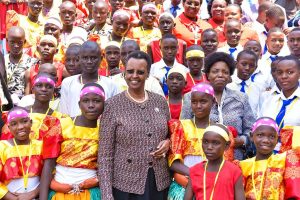
But behind these numbers lie families making difficult choices. In rural Gulu, a mother sells cassava at the roadside to afford exercise books. In Kampala, a father beams with pride as his daughter becomes the first in his family to attend university. For many, education has become the battlefield where tradition meets aspiration: boys once destined for cattle herding, girls once kept at home, are now competing in classrooms, their futures reshaped by policy.
With the zest towards building a healthy nation, the same philosophy underpinned the Uganda’s health journey. At independence in 1962, Uganda had just 27 hospitals for a population of 7 million. Today, it boasts 156 hospitals, 226 Health Centre IVs, 1,755 Health Centre IIIs, and thousands of smaller clinics, bringing 86% of Ugandans within 5 kilometers of a health facility.
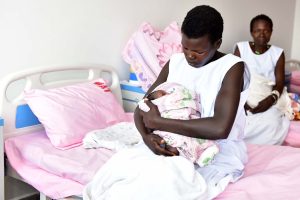
Life expectancy has climbed from 48 years in 1986 to over 63 years today. Maternal mortality, which was once among the highest in the region, has been reduced drastically. Infant mortality has dropped and new specialized facilities like the Mulago Women and Neonatal Hospital, are signaling a shift toward modern and urban-centered care.
Yet health, perhaps even more than education, is lived in deeply personal ways. For a grandmother in Arua, a functioning health center means safe delivery for her daughter. For a boda-boda rider in Luweero, it means treatment for high blood pressure that once went undiagnosed. For government, it also means addressing corruption, fighting the theft of drugs, and grappling with the rise of lifestyle diseases such as diabetes and heart disease.
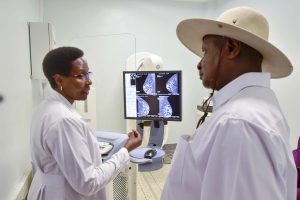
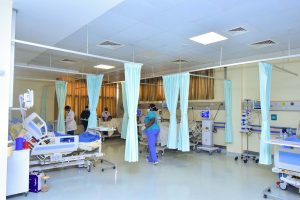
In the lens of politics of access, education and health in Uganda are not just social programs, they are sociopolitical instruments. Each new school, each upgraded hospital, extends the reach of the state into communities that might otherwise feel forgotten. The construction of 117 seed secondary schools, or the takeover of 182 community schools, is as much about cementing national unity as it is about academic achievement.
Opponents argue that while access has widened, quality often lags behind. Overcrowded classrooms, overstretched doctors, and shortages of drugs remain stubborn challenges. Critics also note that Museveni’s political survival has been closely tied to his ability to position himself as the guarantor of progress in human development, even as debates rage about governance, term limits, and democracy.


The cultural dimension: these policies have not only reshaped statistics but culture itself. In Karamoja, once synonymous with cattle rustling and conflict, the construction of 21 boarding primary schools has begun to alter social norms. Girls, once pulled into early marriages, are increasingly found in classrooms. In the Buganda region, expanded universities are producing graduates who blend traditional community roles with global ambitions.
Education and health in this sense, are no longer technocratic agendas, they are arenas where Uganda negotiates identity, gender roles and modernity.
Museveni’s government has pledged to construct 258 new secondary schools, each with science labs, ICT suites, and multipurpose halls. In higher education, expansion continues, with new constituent colleges and regional universities being revamped. In health, the ambitious International Specialized Hospital at Lubowa aims to end the flow of Ugandans traveling abroad for treatment. This health-tourism is a flow that usually cost Uganda an estimated US$186 million.
The promise is clear: a Uganda where no child walks miles for a classroom, no mother dies giving birth, and no family sells land to fund treatment abroad.
The human stakes indicate that in the end, Uganda’s education and health story is not only about President Museveni or the NRM government. It is about families making new choices, communities redefining old traditions, and a nation testing whether social transformation can keep pace with politics.
On that field in Karamoja, as children in worn-out shoes chant their lessons, one sees the most important measure of Uganda’s progress: not just in statistics or speeches, but in the fragile, determined hope of its people.







I always used to read post in news papers but now as I am a user
of web therefore from now I am using net for articles, thanks to
web.